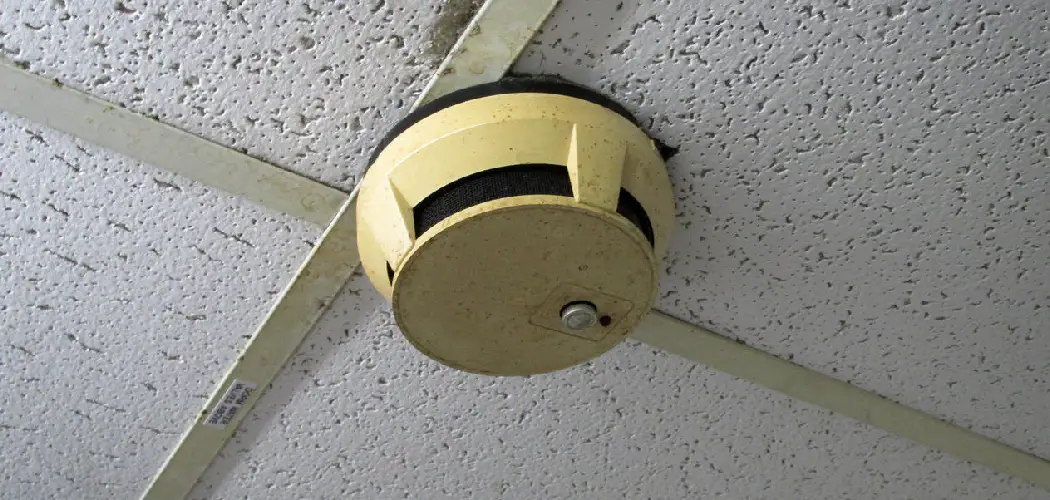Installing a smoke detector in your garage is a critical step toward ensuring the safety of your home and family. Garages are often filled with potential fire hazards, such as vehicles, tools, and stored chemicals, which can result in sudden and dangerous fires.
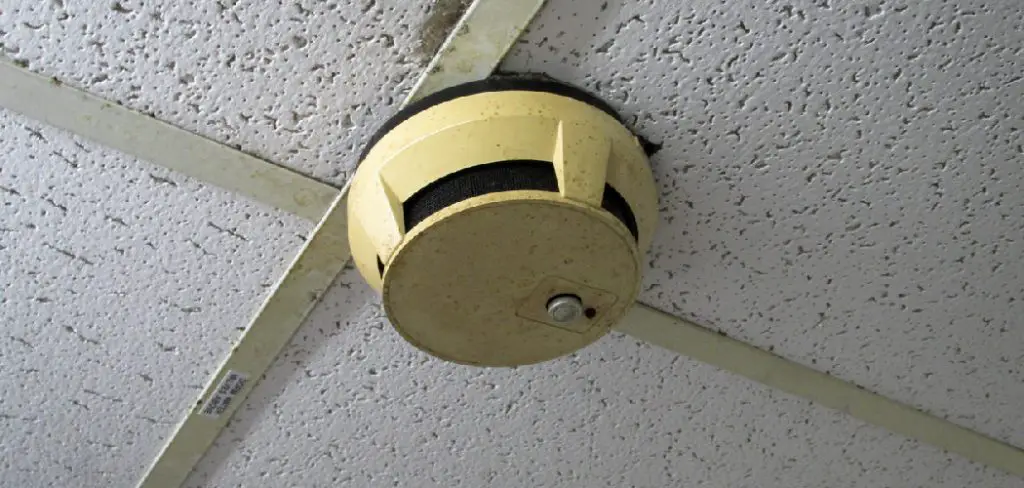
A properly installed smoke detector provides early fire detection, giving you precious time to respond and protect your property, vehicles, and loved ones from harm.
This guide will cover everything you need to know about how to install a smoke detector on garage premises. Each step is carefully outlined, from selecting the most suitable smoke detector for your space to understanding ideal placement, wiring or battery configurations, and regular testing. Whether you’re installing your first detector or upgrading an existing system, this guide ensures you can confidently secure your garage, reinforcing your overall home fire safety strategy.
Why You Need a Smoke Detector in Your Garage
Installing a smoke detector in your garage is vital to a comprehensive home fire safety plan. Garages often house unique fire hazards that can create significant risks if not properly monitored. Installing a smoke detector enhances your ability to detect fires early, potentially preventing devastating losses and protecting your home and loved ones.
Common Fire Hazards in Garages
Garages are common locations for flammable materials and activities that increase fire risk. Items like gasoline, paint thinner, and other combustible liquids are often stored in garages, posing a serious fire hazard. Additionally, overloaded electrical circuits and the use of power tools can generate sparks or excessive heat. Vehicles stored in the garage can also be dangerous, as exhaust malfunctions or overheating engines may ignite nearby materials. These risks make a smoke detector essential for early fire detection in such a vulnerable space.
Insurance and Safety Standards
Having a smoke detector in your garage may help you adhere to building codes and safety regulations while potentially lowering your home insurance premiums. Many insurance providers and municipal codes recognize the importance of fire safety systems and may offer incentives for proper installation, thus improving your overall protection and reducing financial risks.
Extra Peace of Mind
Beyond meeting safety standards, a garage smoke detector provides added reassurance for homeowners. It offers early warnings of potential fires, giving you precious time to respond before flames spread to other areas of your home. This peace of mind allows you to rest easy, knowing that you have taken proactive steps to safeguard your property and family.
Choosing the Right Type of Smoke Detector
When selecting a smoke detector for your garage, it’s important to consider the unique environmental conditions of this space. Garages often experience dust, fluctuating temperatures, and higher humidity, which can affect how well a detector functions. By understanding the different types of smoke detectors and their advantages, you can choose the one best suited for your needs.
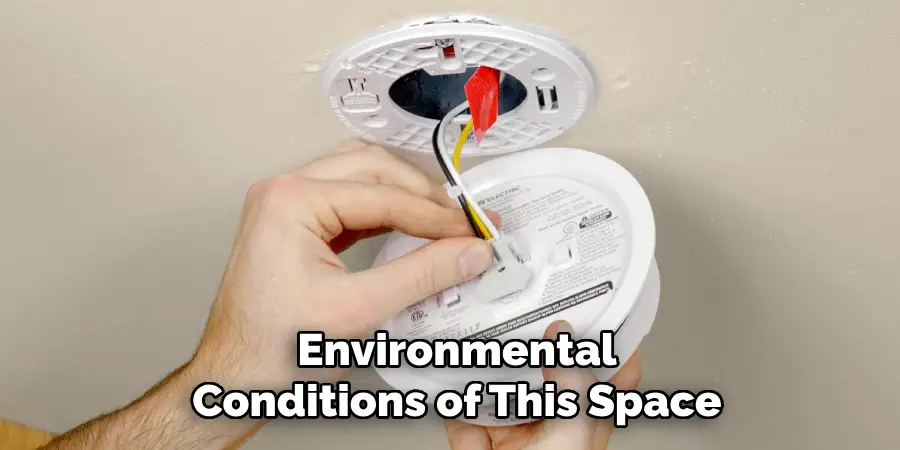
Types of Smoke Detectors
- Ionization: These detectors are highly sensitive to fast-flaming fires, making them effective in situations where fires spread quickly. However, they may be less suitable for garages prone to smoke or dust, as false alarms could become an issue.
- Photoelectric: Ideal for detecting slow, smoldering fires, these detectors are generally better suited for garages, as they are less likely to trigger false alarms caused by dust or fumes.
- Dual-Sensor: Combining both ionization and photoelectric technologies, dual-sensor detectors offer comprehensive coverage. While they are versatile, ensure they are well-suited to the garage’s specific environmental conditions.
Hardwired vs. Battery-Operated
Hardwired smoke detectors are directly connected to your home’s electrical system, offering reliable performance. However, their installation may require professional assistance. Battery-operated detectors are often preferred for garages due to their easy installation and flexibility in placement. Regular battery checks are essential to maintain their effectiveness.
Consider Heat Detectors
Given the challenges posed by dust, temperature, and humidity in garages, a heat detector might be a more appropriate choice in some cases. Heat detectors respond to significant temperature changes rather than smoke, making them a reliable alternative for garage use. Evaluate your specific garage environment to determine the best solution for optimal safety.
Where to Install the Smoke Detector in the Garage
Ideal Placement
For optimal safety, mount the smoke detector on the ceiling, ideally at least 4 inches away from any walls. This central positioning helps ensure the detector can effectively sense smoke rising naturally in an enclosed space. Avoid placing the smoke detector directly above doors or windows or near HVAC vents, as airflow in these locations may delay detection or trigger false alarms.
Height Considerations
The ceiling is the most effective location for mounting a smoke detector because smoke tends to rise. If ceiling placement is not possible, a high placement on the wall is the next best option. Ensure the detector is positioned no more than 12 inches down from the ceiling for accurate operation.
Spacing and Accessibility
When determining placement, make sure the smoke detector is installed in a location that is both visible and accessible. This will make regular battery checks and maintenance more convenient. Avoid placing the detector in a corner or an area that is difficult to reach, as this could delay necessary upkeep and impair its functionality. Always follow the manufacturer’s guidelines for spacing to ensure proper protection throughout the garage.
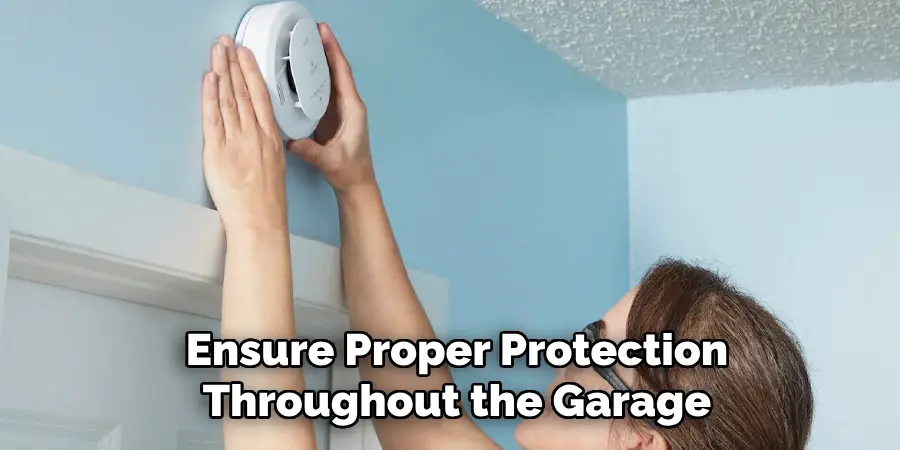
Gathering Tools and Materials
Installing a smoke detector in your garage requires a few key tools and materials to ensure a smooth and efficient process. Proper preparation and having everything on hand will save time and reduce potential frustration.
What You’ll Need
- Smoke detector unit and mounting bracket – Ensure the detector is suitable for garage use.
- Batteries (if applicable) – Check the packaging to confirm the battery type and include extras for future replacement.
- Power drill and appropriate drill bits – These are crucial for drilling holes in the mounting surface.
- Screws and anchors – These items are often included with the smoke detector for secure installation.
- Screwdriver, ladder, and pencil – A screwdriver will secure the unit, while a pencil helps mark mounting points. Use a ladder for safe access.
- Optional: Wire connectors and voltage tester – Necessary for hardwired units to ensure proper electrical connections.
Prepare these materials in advance to streamline the installation process and ensure everything you need is within reach.
How to Install a Smoke Detector on Garage: Step-by-Step Installation Guide
Step 1: Mark the Mounting Location
Begin by selecting the ideal location for your smoke detector according to the manufacturer’s recommendations. Use the mounting plate as a template and a pencil to mark the screw hole locations on the ceiling or wall.
Step 2: Drill and Attach the Mounting Bracket
Using a drill, create pilot holes at the marked locations. If you are mounting into drywall, insert anchors to provide a secure hold. Once the anchors are in place, align the mounting bracket and screw it in securely.
Step 3: Connect or Insert Power Supply
For battery-operated models, insert the batteries into the designated compartment, ensuring correct polarity. For hardwired units, ensure power is turned off at the breaker box before beginning. Connect the smoke detector wires to your home’s corresponding wires using wire nuts. Refer to the user manual for specific wiring instructions.
Step 4: Attach the Detector
Align the smoke detector with the mounted bracket and twist or snap it into place as the manufacturer directs. Be sure it is securely attached and not loose.
Step 5: Turn Power On and Test
For hardwired models, restore power by turning the breaker back on. Press the test button on the smoke detector to confirm it is functioning properly. A successful test ensures the unit is ready for operation and provides peace of mind that your home is protected.

Testing and Maintenance Tips
Routine Testing
Test your smoke detector monthly using the test button to ensure it functions properly. Regular testing helps identify potential issues early, ensuring your safety in an emergency.
Battery Maintenance
Replace the batteries in your smoke detector every 6–12 months, or sooner if you hear chirping sounds indicating low battery power. Keeping fresh batteries installed is critical for the device’s reliability.
Cleaning and Dust Prevention
To prevent false alarms caused by dust or debris, gently vacuum around the smoke detector’s vents every few months. Avoid using harsh chemicals or excessive force during cleaning to preserve the unit’s functionality.
Expiration Date
Smoke detectors have a limited lifespan and should be replaced every 8–10 years, even if they appear to be working. Check the manufacturing or expiration date on the device to ensure it is within its operational time frame. A timely replacement guarantees optimal performance in protecting your home.
Safety Tips and Code Considerations
Local Building Codes
When installing a smoke detector in your garage, it is essential to consult local building codes and fire safety regulations. These codes often specify the types of detectors allowed, their placement, and maintenance requirements to ensure safety compliance. Familiarizing yourself with these guidelines helps avoid potential issues during inspections and enhances overall fire safety.
Avoiding False Alarms
Garages often house vehicles, tools, and chemicals, which can produce exhaust or vapors that trigger false alarms. To prevent this, place detectors away from areas with high concentrations of fumes or near exhaust vents. Opt for photoelectric detectors specifically designed to minimize false alarms in such environments.
Multiple Detectors
Consider linking your garage smoke detector with your home’s alarm system for enhanced safety if you use a hardwired model. Interconnected systems ensure that an alarm triggered in the garage will notify occupants throughout the house, providing a faster response in case of emergencies.
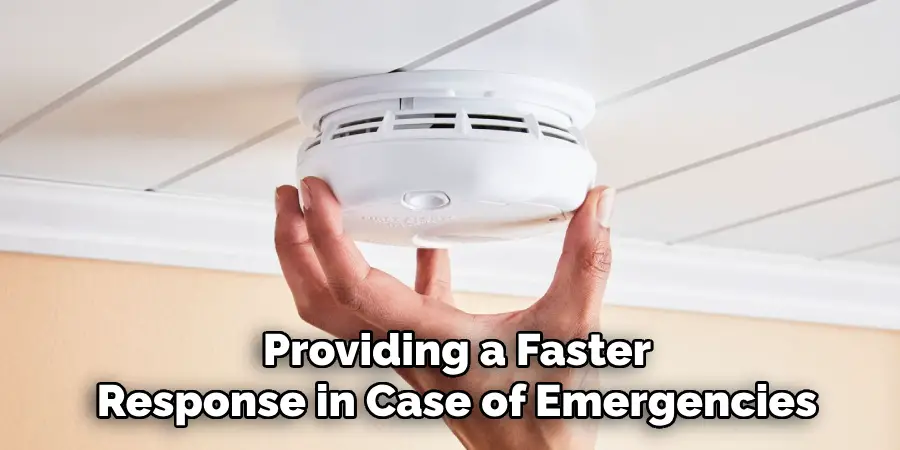
Conclusion
Installing a smoke detector in your garage is crucial to protecting your home and loved ones. By understanding how to install a smoke detector on garage walls or ceilings, you can ensure early detection of potential hazards. Opt for a model suited to your space, such as a photoelectric detector, and follow best practices for placement to avoid false alarms.
Linking your detectors to a home alarm system enhances safety by providing immediate alerts. Finally, regular testing and maintenance are essential for long-term reliability. Take action today to create a safer environment for your household.
I am Rick. I grew up helping my dad with his handyman service. I learned a lot from him about how to fix things, and also about how to work hard and take care of business. These days, I’m still into fixing things- only now, I’m doing it for a living.
I’m always looking for new ways to help people grow and develop. That’s why I have created this blog to share all my experience and knowledge so
that I can help people who are interested in DIY repair.

